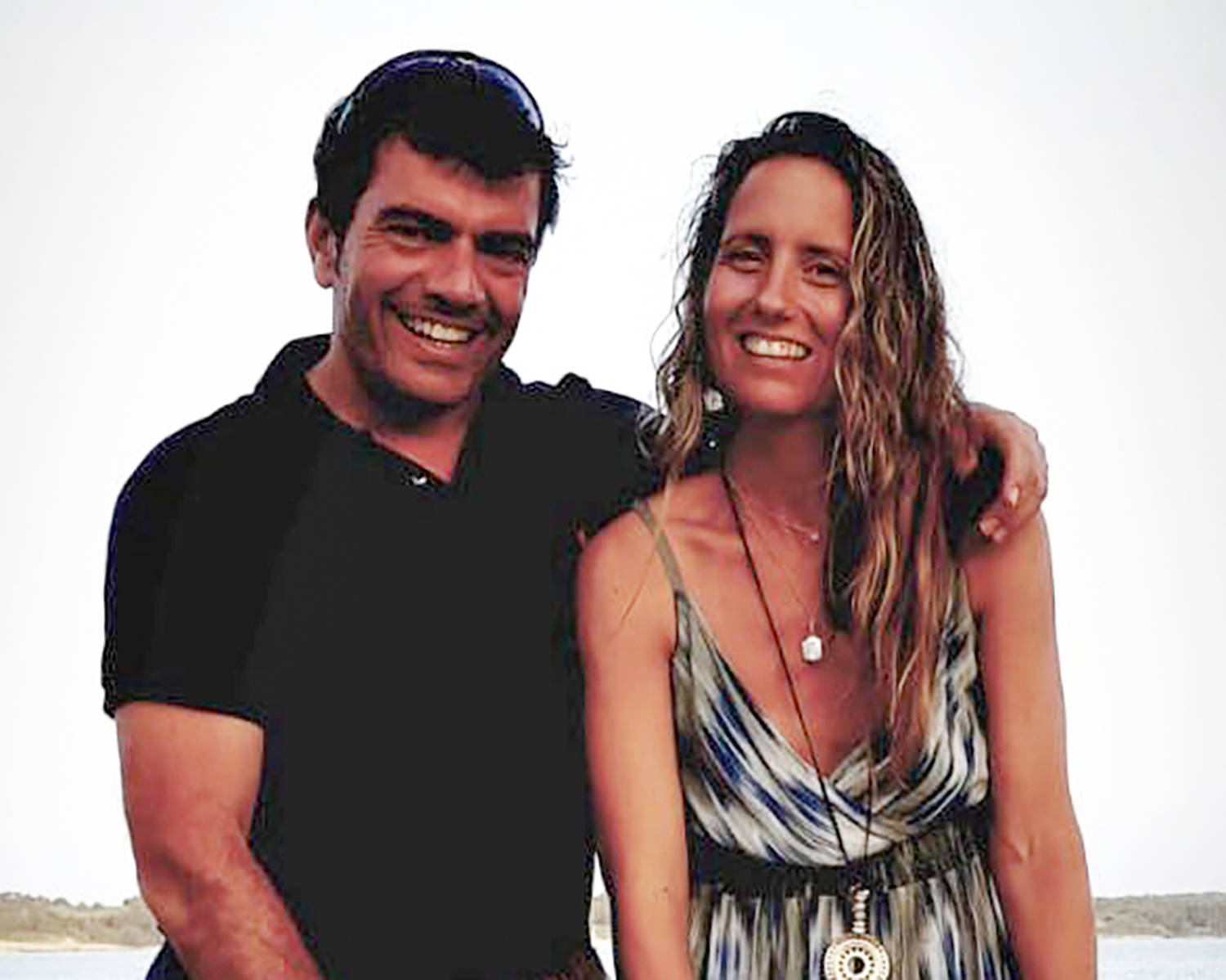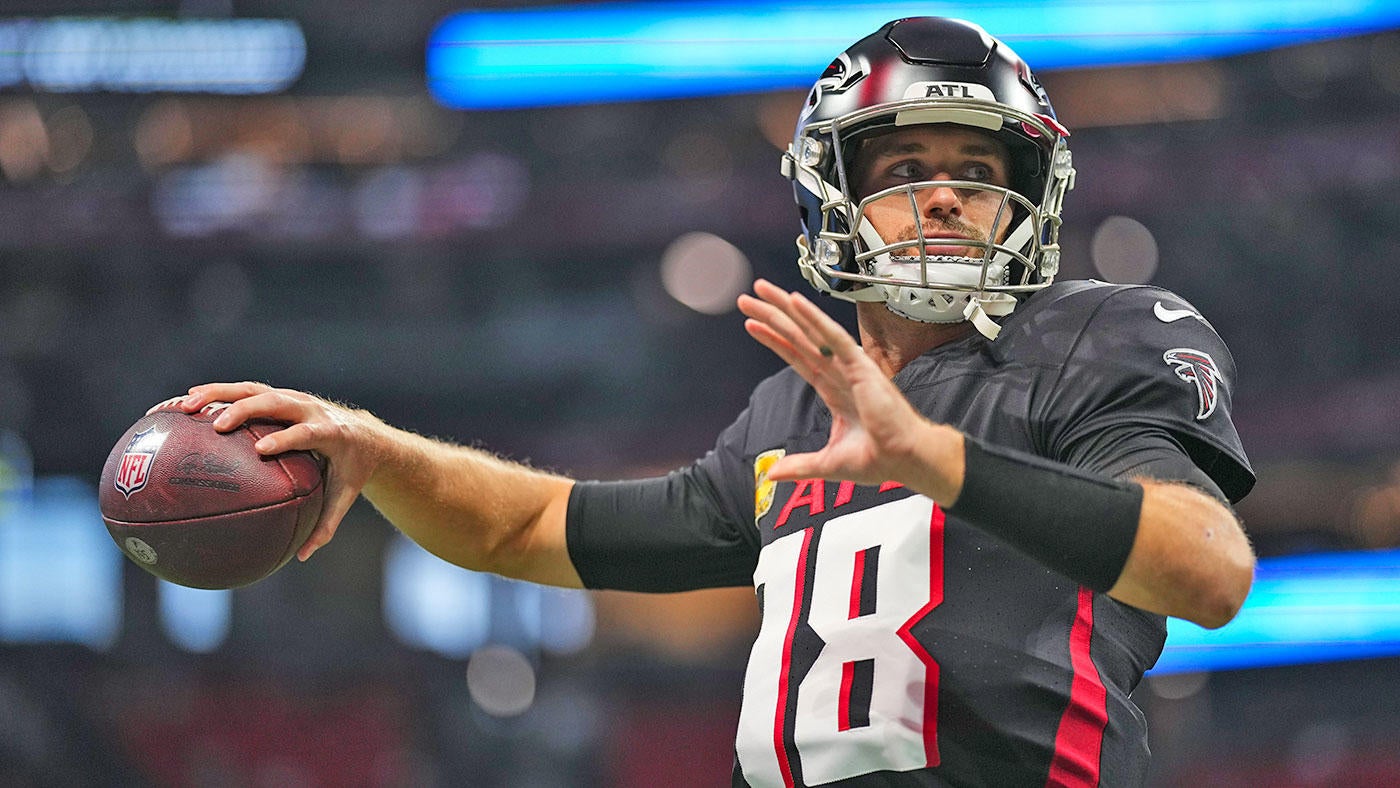
As the House v. NCAA settlement nears final approval, stakeholders in the world of sports are preparing to enter a new era — again.
Four years after legalizing NIL compensation, the NCAA will attempt to level the chaotic, uneven playing field that took shape in the wake of that decision by allowing direct payments from schools to athletes and increasing regulation of NIL deals, including from collectives.
In this new era, which could begin as soon as July 1 if the House settlement is approved, schools will share a capped amount of revenue with athletes while an NIL clearinghouse attempts to curtail certain big-money offers from booster clubs.
The settlement will make it harder for high-profile programs to simply outspend their opponents and likely reduce the earning power of the flashiest athletes. Those are two reasons why some observers assume the college sports landscape isn’t done evolving.
“The market should be a free market,” said Michael Hausfeld, an attorney representing athletes who are dissatisfied with the settlement, in an interview with The Athletic.
A judge’s ruling on the proposed settlement is expected any day. Here’s what to know about what it could mean for college sports.
What is NIL?
The acronym NIL stands for name, image or likeness.
If you control an athlete’s NIL rights, you can make money off their personal brand by selling jerseys that carry their number and name, for example.
For decades, colleges controlled their athletes’ NIL rights, since student-athletes were forbidden from profiting off their fame. That changed in 2021 when the Supreme Court ruled that the NCAA’s NIL-related restrictions violated antitrust law.
Soon after the Supreme Court handed down its ruling, college sports entered its current NIL era. The NCAA gave athletes the green light to capitalize on public interest by cutting deals with restaurants, car dealerships and all kinds of other businesses.
How do NIL deals work?
NIL deals in college sports come in many forms.
Sometimes, athletes are paid to promote a brand in the same way that an actor or other influencer would promote it. They might talk about how much they love a pair of leggings or an energy drink or Popeyes chicken in a social media post or commercial.
Other times, athletes essentially access huge ...





















